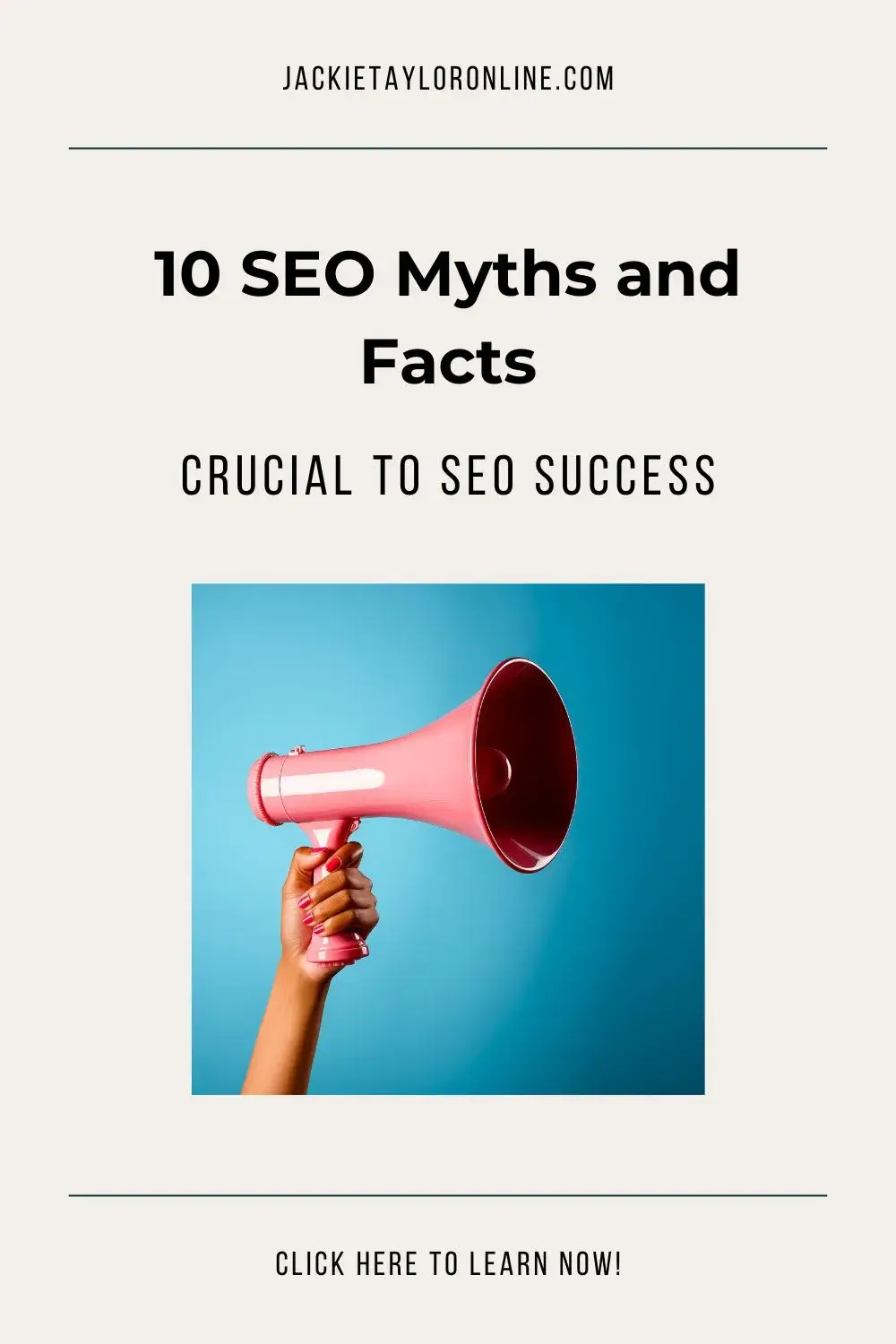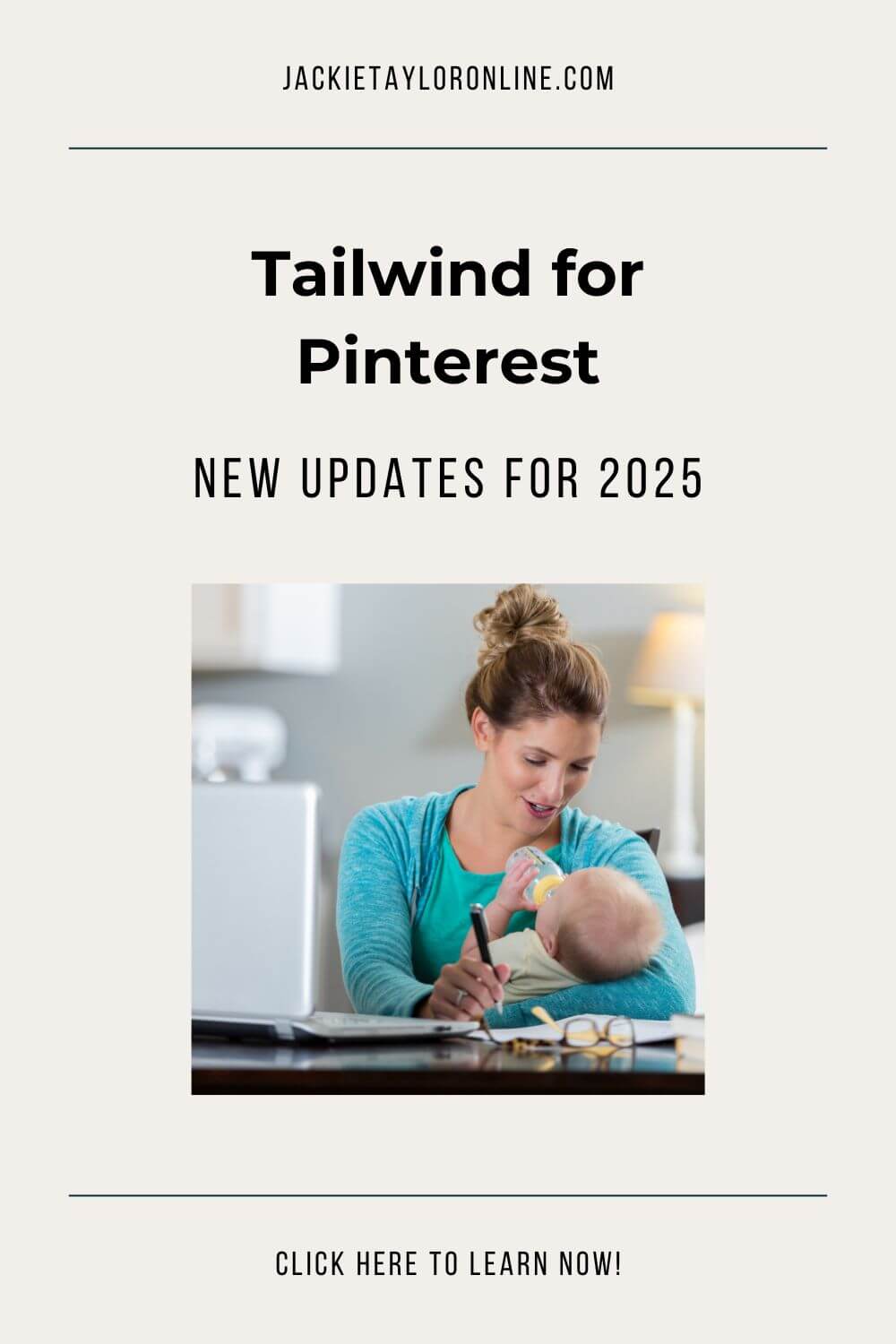As a mom entrepreneur, getting your ideas heard and your influence felt in the competitive business landscape can be a challenging journey. However, with the right content marketing strategies, you can position yourself as THE thought leader and make a substantial impact in your industry.
In this article, we’ll explore effective content marketing strategies specifically tailored for mom entrepreneurs.
Content marketing is not just about creating engaging content; it’s about creating content that resonates with your target audience and drives them to take an action. From developing a strong personal brand to leveraging social media platforms, we’ll look into the essential tactics that will help you build your influence as a female business owner.
Whether you’re just starting out or looking to take your business to new heights, this article will provide you with actionable insights to enhance your content marketing efforts.
By implementing these strategies, you’ll be able to effectively communicate your ideas, grow your reach, and establish yourself as a key player in your industry.
AFFILIATE DISCLAIMER: I SOMETIMES LINK TO PRODUCTS AND SERVICES TO HELP COVER THE COSTS OF RUNNING THIS BLOG. THERE’S NO EXTRA COST TO YOU – AND I ONLY RECOMMEND PRODUCTS THAT I’VE BOTH USED PERSONALLY AND THINK ARE QUALITY PRODUCTS THAT HELP WITH EFFICIENCY. PLEASE READ MY AFFILIATE DISCLOSURE FOR MORE INFORMATION. THANKS FOR YOUR SUPPORT!
Table of Contents
- The importance of content marketing for mom entrepreneurs
- Understanding your target audience
- Developing a content marketing strategy
- Creating compelling and engaging content
- Optimizing content for SEO
- Promoting your content through social media
- Building an email list and using email marketing
- Measuring the success of your content marketing strategies
- Conclusion and key takeaways
Share it on Pinterest!

The importance of content marketing for mom entrepreneurs
Content marketing has become an essential component of any successful business strategy. It allows you to establish your brand, connect with your target audience, and build credibility in your industry. For mom entrepreneurs, content marketing provides a unique opportunity to showcase your expertise and stand out in a male-dominated business world.
One of the key advantages of content marketing is its ability to level the playing field. Regardless of the size of your business, you can create and distribute valuable content that resonates with your target audience.
By consistently delivering high-quality content, you can gain a competitive edge and establish yourself as a trusted authority in your field.
Content marketing also allows you to communicate your brand’s values and mission effectively. As a mom entrepreneur, you can leverage your personal experiences and perspectives to connect with your audience on a deeper level.
By sharing your unique story and insights, you can create a strong emotional connection with your target audience, leading to increased brand loyalty and customer engagement.
Understanding your target audience
Before diving into content creation, it’s crucial to have a deep understanding of your target audience. By knowing their needs, pain points, and preferences, you can create content that resonates with them and drives them to take action.
Start by conducting market research to identify your ideal customer profile. Consider factors such as demographics, interests, and behavior patterns.
This information will help you create targeted content that speaks directly to your audience’s needs and interests.
Once you have a clear picture of your target audience, create buyer personas to further refine your content strategy.
A buyer persona is a fictional representation of your ideal customer, including their background, goals, challenges, and motivations.
By understanding your buyer personas, you can tailor your content to address their specific pain points and provide solutions that resonate with them.
And if you’re not sure who your audience is or you’re not seeing results from your content. Then use the Market Research Guide & Workbook to learn where to find more about your audience. It will also help you track everything in one place.

Developing a content marketing strategy
To maximize the impact of your content marketing efforts, it’s essential to develop a well-defined strategy. A content marketing strategy acts as a roadmap, guiding your content creation, distribution, and promotion efforts.
Start by setting clear goals for your content marketing initiatives. Do you want to increase brand awareness, generate leads, or drive sales? By defining your goals, you can align your content strategy with your business objectives and measure the success of your efforts.
Next, identify the key topics and themes that are relevant to your target audience and align with your brand. Conduct keyword research to understand the search terms your audience is using to find information related to your industry.
This will help you create content that not only resonates with your audience but also ranks well in search engine results.
Once you have identified your target topics, create a content calendar to plan and organize your content creation efforts. A content calendar will help you stay consistent and ensure that your content aligns with your overall marketing strategy.
Related Article: Content Strategy Framework: As Easy As ABC
Creating compelling and engaging content
To capture your audience’s attention and keep them engaged, it’s crucial to create compelling and high-quality content. Here are some key tips to enhance the impact of your content:
1. Craft attention-grabbing headlines:
Your headline is the first impression your audience will have of your content. Make it compelling, intriguing, and concise to entice readers to click and read further.
2. Tell stories:
Storytelling is a powerful tool in content marketing. By weaving narratives into your content, you can create an emotional connection with your audience and make your message more memorable.
3. Use visuals:
Incorporating visuals such as images, infographics, and videos can significantly enhance the impact of your content. Visual content is more engaging and shareable, making it more likely to be noticed and shared by your audience.
4. Provide value:
Your content should provide real value to your audience. Whether it’s educational, entertaining, or motivational, make sure your content offers something that your audience can benefit from.
This does not mean you give away all your content for free. It means give them a taste for how you work. What are your philosophies that make you different from everyone else?
What makes you the person they should follow and buy from? Why are you different from your competition? Find your Unique Selling Proposition.
5. Encourage interaction:
Engage your audience by encouraging comments, questions, and sharing. Respond to comments and engage in conversations to foster a sense of community and build relationships with your audience.
Remember, the key to creating compelling content is to put yourself in your audience’s shoes. Understand their needs, challenges, and aspirations, and create content that addresses those pain points and provides valuable solutions.
Optimizing content for SEO
In today’s digital landscape, search engine optimization (SEO) plays a crucial role in content marketing success. By optimizing your content for search engines, you can increase your visibility, drive organic traffic, and reach a wider audience.
Start by conducting keyword research to identify the relevant keywords and phrases your target audience is using to search for information related to your industry. Incorporate these keywords naturally into your content, including in your headlines, subheadings, and body text.
Additionally, optimize your content by formatting it for readability. Use headers, bullet points, and short paragraphs to make your content scannable and easy to consume. Include relevant internal and external links to provide additional value to your readers and improve your SEO.
Lastly, ensure that your website is mobile-friendly. With the majority of internet users accessing content through their mobile devices, a mobile-responsive website is essential for both user experience and search engine rankings.
Related Article: The Ultimate Guide to SEO: Drive More Website Traffic
Promoting your content through social media
Social media platforms offer a powerful channel for promoting your content and reaching a wider audience. Here are some strategies to effectively promote your content through social media:
1. Identify the right platforms:
Understand where your target audience spends their time online and focus your efforts on those platforms. Whether it’s Facebook, Instagram, LinkedIn, or Twitter, choose the platforms that align with your audience and your business goals.
2. Create shareable content:
Craft content that is highly shareable and resonates with your audience. Use attention-grabbing visuals, compelling headlines, and engaging storytelling to make your content more share-worthy.
3. Leverage influencers:
Collaborate with influencers in your industry to amplify the reach of your content. Partner with influencers who have a significant following and align with your brand values to enhance your credibility and reach.
4. Engage with your audience:
Social media is not just about promoting your content; it’s also about building relationships with your audience. Respond to comments, answer questions, and engage in conversations to foster a sense of community and build brand loyalty.
5. Utilize social media advertising:
Consider investing in social media advertising to boost the visibility of your content. Platforms like Facebook and Instagram offer highly targeted advertising options that can help you reach your ideal audience.
Remember, social media is not a one-way communication channel. It’s a platform for building relationships, engaging with your audience, and driving conversations around your brand and content.
Building an email list and using email marketing
Email marketing remains one of the most effective ways to reach your audience and nurture relationships with your potential customers. By building an email list, you can stay connected with your audience, deliver valuable content directly to their inbox, and drive them to take action.
Start by creating compelling lead magnets, such as e-books, guides, or exclusive content, to incentivize your audience to subscribe to your email list. Place opt-in forms strategically on your website, blog posts, and social media profiles to capture leads and grow your list.
Once you have a list of subscribers, segment them based on their interests, preferences, and behavior. This allows you to deliver targeted and personalized content that resonates with each segment of your audience.
When crafting your email content, focus on these areas:
- Provide value and building relationships with your subscribers.
- Share valuable insights, industry trends, and exclusive offers that are relevant to your audience.
- Use compelling subject lines and preview text to entice your subscribers to open your emails and engage with your content.
- Measure the success of your email marketing efforts by tracking key metrics such as open rates, click-through rates, and conversion rates.
- Use this data to refine your email marketing strategy and optimize your content for better results.
- And don’t forget to scrub your list six to eight months. Your content isn’t and shouldn’t be for everyone. Don’t pay for subscribers that aren’t engaging with your content.
Measuring the success of your content marketing strategies
To ensure the effectiveness of your content marketing efforts, it’s crucial to measure and analyze the impact of your content. Here are some key metrics to track:
1. Website traffic
Monitor the number of visitors to your website and track the sources of your traffic. This will help you understand which channels are driving the most traffic and adjust your content distribution strategy accordingly.
2. Engagement metrics:
Measure the engagement of your audience with your content. Track metrics such as time spent on page, bounce rate, social shares, and comments to gauge the level of interest and interaction with your content.
3. Conversion rates:
Track the number of leads or sales generated from your content. This will help you understand the effectiveness of your content in driving desired actions and achieving your business goals.
4. Social media metrics:
Monitor the performance of your content on social media platforms. Track metrics such as likes, comments, shares, and follower growth to measure the reach and impact of your social media efforts.
By regularly analyzing these metrics, you can identify what is working well and what needs improvement in your content marketing strategy. Use this data to make informed decisions and optimize your content to achieve better results.
Pin it on Pinterest!

Conclusion and key takeaways
Content marketing is a powerful tool for mom entrepreneurs to establish their influence, connect with their target audience, and differentiate themselves in a competitive business landscape. By understanding your target audience, developing a content marketing strategy, creating compelling content, optimizing for SEO, leveraging social media, building an email list, and measuring your results, you can maximize the impact of your content marketing efforts.
Remember, consistency and quality are key in content marketing. Stay true to your brand, provide value to your audience, and constantly refine your strategy based on data and insights. With the right content marketing strategies, you can position yourself as a thought leader and make a substantial impact in your industry.
So, embrace the power of content marketing, unleash your creativity, and let your ideas influence and inspire those around you. As a mom entrepreneur, your voice deserves to be heard, and your influence deserves to be felt.
-

10 SEO Myths and Facts: And how they’re crucial to your SEO success
-

Showit Blog Templates



+ show Comments
- Hide Comments
add a comment